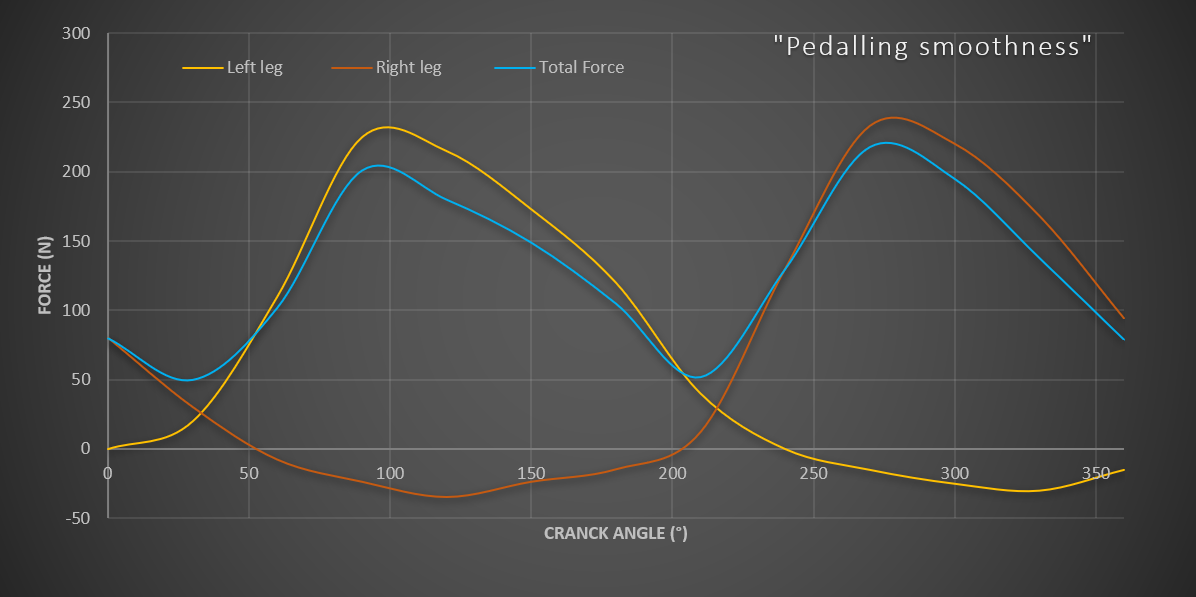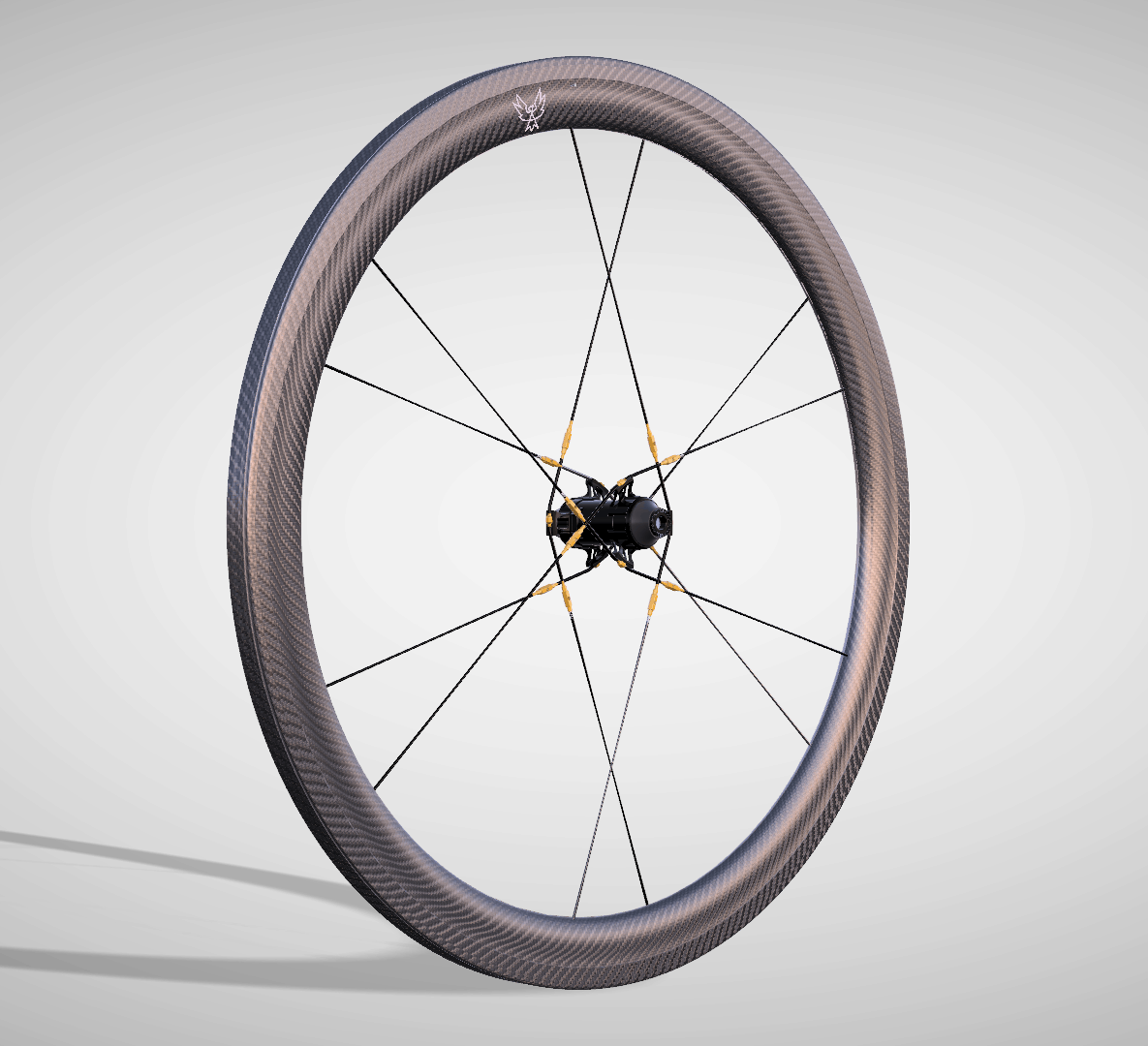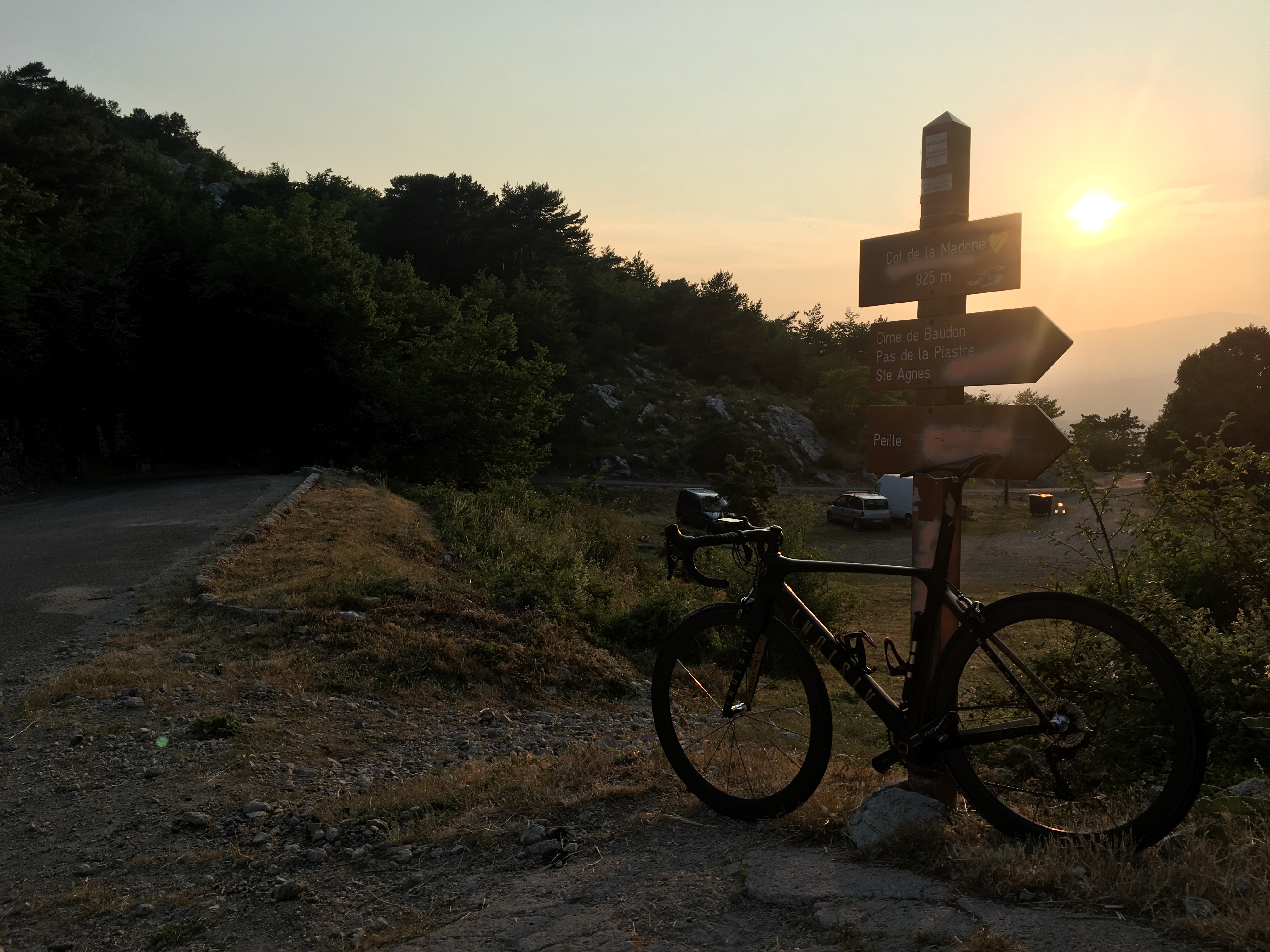Why light wheels matter?
Designing INCISIV
When designing Incisiv wheels, we wanted to determine the predominant factors impacting the performance.
We would like to discuss 2 of those factors on which we particularly focused: Inertia and increased relative speed at the wheels.
Power and inertia for a cyclist
For every type of cycling practise, travelling on a bike implies to fight a resistance composed of 3 distinct phenomenon: aerodynamic drag, rolling resistance proportional to weight and the change in potential energy when climbing.
To those we must add the mechanical efficiency because there are some losses through friction in the drive train. The total resistance could be defined by :


Where:


In physics, the power equals force (here the resistance) times velocity. Then, the power required by a rider to drive himself and his bike forward can be summarised by the equation:


Where:
P = power
V = travel velocity
ρ = volumic mass of air
S = frontal surface
Cx = drag coefficient
m = total mass of the rider, bike, and gears
g = gravitational acceleration
Cr = rolling resistance coefficient
h = vertical height gained
Said otherwise, the required power to ride a bicycle is equivalent to the travel speed multiplied by the sum of: the aerodynamic drag, rolling resistance and climbing resistance.
For a cyclist traveling on a flat road, for example at 38km/h we can compute:
V = 38 km/h or 10.55 m/s
ρ = 1.23 kg/m³
S = 0,42 m²
Cx = 0.56
m = 75 kg (cyclist) + 7 bike = 82 kg
g = 9,81 m/s²
Cr = 0.004
h = 0 m
P = [0.5*1.23*0.42*0.56* 10.55³ ] + [82*9.81*0.004*10.55] + [82*9.81*0*10.55]
P = [170] + [34] + [0] = 204.1W
P = 204.1*η = 204.1*0.98 = 200W
This is for a constant riding speed!
Indeed, when accelerating or decelerating a mass, according to Newton’s first law, this mass will exert a force opposing this acceleration.
For a wheel, the main portion of this opposing force is the Moment of Inertia.
Moment of Inertia
The Moment of inertia can be defined as :
![]()
![]()
![]()
![]()
Where:
I = moment of Inertia
m = mass
R = radius (distance between the moving mass and the rotating axle, here the spoke length)
Every user of a powermeter will concur: Power is seldom constant. Of course, we constantly brake, corner, accelerate etc.
Furthermore, the power is produced by 2 legs = power is shifting from left to right at a frequency equivalent to your pedalling cadence.
The constancy of the power output of a cyclist is known as his or her ‘pedalling smoothness’.


About Incisiv
![]()
![]()
![]()
![]()
INCISIV, Aerologic.
Ride everywhere, from time trial sessions to mountain climbs.
The Wheel
Latest Posts
Events
Power cost of accelerating a bike will depend predominantly of :
• The total mass of bike + rider for the general inertia of mass.
Weight matters. Every cyclist knows that, but as for climbing, when accelerating as well! (and when braking too of course, be fast, be safe, be light!)
• The pedalling smoothness or power smoothness.
Time trialists and triathletes knows that very well, for an efficient time trial try to keep a Normalized Power as close to your average power as possible! This Normalized Power is actually an algorithm taking into account the power lost through change of speed or acceleration!
• The inertia of the wheels.
Wheels play a peculiar role in a bike’s inertia because the rims, tyres, spokes and all parts extending from the hub are moving relative to the center of mass of the bike.
Therefore, the choice of where to gain weight is clearly: the wheels first, then the frame, groupset or any fixed part of the bike (and of course the rider itself ?)



INCISIV, Aerologic.
Ride everywhere, from time trial sessions to mountain climbs.
CONTACT INFO
38 Rue de la La Roche 38
6990 Hotton, BE
+32 (0) 473 68 96 71
info@incisiv.be




